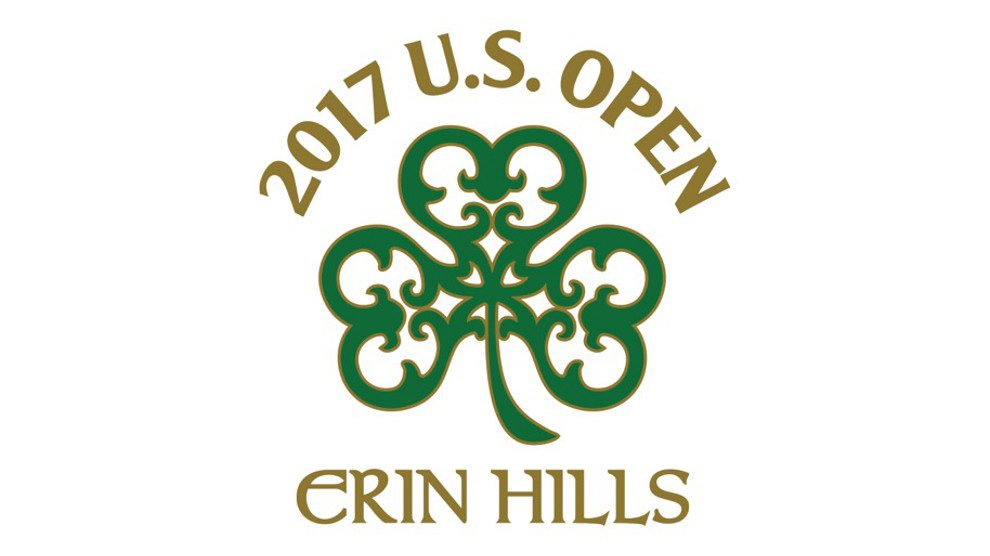The U.S. Open is one of two majors with open qualifying, giving anyone who meets the minimum requirements to enter qualifying a chance to make it into our national championship. It's a pretty cool opportunity, even if the odds are extremely long for a player to go through local and sectional qualifying all the way to the title.
However, over the years, the USGA has increased the number of ways players can be exempt from qualifying and get a ticket directly into the U.S. Open field. That means it has gotten a little tougher to get a spot into the U.S. Open field through qualifying. That hasn't stopped approximately 10,000 people from signing up for U.S. Open qualifying each year.
So, how do the non-exempt players who must go through qualifying know how many spots they're playing for when they get to the 36-hole sectional qualifier? It's a little bit of a process.
First, the USGA has to figure out how many players they expect to earn U.S. Open exemptions from the 16 categories they set forth as a way to get a direct ticket into the Open field. In concept, almost the entire U.S. Open field of 156 players could be from the exempt list, though that's practically impossible in reality. At that point, it's a simple subtraction problem for the USGA, subtracting the number of exempt players in the field from the 156 full-field number.
The USGA also sets aside a handful of spots for players that could potentially earn a last-minute exemption by getting into the top 60 in the Official World Golf Ranking on the Sunday prior to U.S. Open week, as well any potential special exemptions they might offer.
With that number in hand, the USGA then has to divide up the number of spots available among its qualifying sites. The USGA decides this based on multiple factors, including how many players are competing at a specific qualifying site and the overall depth of talent in the field. For example, there are two U.S. Open sectional qualifiers -- in Columbus, Ohio, and Memphis, Tenn. -- which are pretty much set for touring pros either after the Memorial Tournament or ahead of the FedEx St. Jude Classic. Those fields get the most number of U.S. Open spots because they have the deepest fields and most players.
After qualifying, the USGA knows the players who are in the field, as well the first and second alternate from each site. When the exemptions are completely known, the USGA goes to the alternate list to fill the field of 156 before using that list to fill in with players who have to withdraw for whatever reason.

